Wednesday, April 28, 2010
"Ultrasuede: In Search of Halston" new documentry on Fashion Icon
Up Close
In the ’70s, Vicariously
By ALEX WILLIAMS
Published: April 28, 2010
WHITNEY SUDLER-SMITH was too young to be a part of the raucous party scene that was 1970s New York. So the 41-year-old screenwriter and son of the socialite Patricia Altschul did the next best thing: he made a movie about it.
Or, more accurately, he made a movie about one of the era’s most emblematic figures: Halston.
“Ultrasuede: In Search of Halston” will premiere at the Tribeca Film Festival tomorrow. The documentary focuses on the life and times of Roy Halston Frowick, the Iowa-born designer who as a milliner in Chicago in the 1950s made hats for Kim Novak and Deborah Kerr. Later, as confidante to celebrities like Elizabeth Taylor and Liza Minnelli, Halston became a star in his own right, the epitome of Studio 54 glamour. The film touches on the designer’s drug use and his business misfortunes. He lost control of the Halston name in the 1980s, and died of complications from AIDS in 1990.
“As a child of the ’70s, whose tastes were formed during that time, I think Halston represented everything that was right and was wrong with that time,” Mr. Sudler-Smith said. A week before the premiere, he was sitting at a poolside table on the roof of Soho House, sipping a Stella Artois, looking somewhat ’70s himself, with his Rod Laver-model Adidas and aviator shades to go with his bespoke suit by the Savile Row tailors Anderson & Sheppard. “The glamour and decadence, that chic sensibility, it was so prescient,” he said. “You wish it still existed now, but it will never happen again.”
Indeed, “Ultrasuede” is as much a personal odyssey as a biography. “I grew up hearing stories about Halston,” he said.
His mother and her third husband, the financier Arthur G. Altschul, later gave parties at their art-filled Fifth Avenue apartment featuring members of the Halston circle like Bob Colacello and André Leon Talley. Several of those friends appear in the film. Mr. Sudler-Smith inserted himself as an on-camera Michael Moore-style narrator. Driving a vintage Trans Am, with Roxy Music and Chic thumping away, he tracks down Halston friends, business associates and survivors of the disco demimonde, and recreates a lost world of high living and louche style. “The idea is to come away from the film wanting a glass of Champagne,” he said.
Mr. Sudler-Smith admitted that he is an unlikely candidate to tackle the fashion legend. He had never made a documentary; before “Ultrasuede” his experience consisted of knocking around Hollywood, making short films and hawking scripts written on spec, including one called “Alcohol, Tobacco & Firearms” — “a love story set in a white supremacist compound,” said Mr. Sudler-Smith, who divides his time between Los Angeles and New York.
Also, he is anything but a fashion insider. In a scene with Mr. Talley over lunch at Michael’s, Mr. Sudler-Smith said he had no idea who Diana Vreeland, the legendary Vogue editor in chief, was. “He looked at me like I had stabbed him with a fork,” Mr. Sudler-Smith recalled. (Cathy Horyn, the fashion critic for The New York Times, also makes an appearance.)
The film started as a portrait of “great eras of decadence — Berlin in the ’30s, Paris in the ’20s and New York in the ’70s, with Halston as a figurehead,” he said. Ultimately he decided that Halston deserved his own movie. “He really was a great artist,” Mr. Sudler-Smith said.
But Halston was known as much for his jet-setting lifestyle as for his minimalist designs (including his wildly popular Ultrasuede shirtwaist dress). He became a mass-market branding juggernaut, licensing everything from cologne to carpets. At his apex, Halston reigned from a lobby-size office on the 22nd floor of the Olympic Tower above Fifth Avenue, where the mirrored doors alone cost $500,000, according to the movie.
Mr. Sudler-Smith relied on friends and family contacts to gain the trust of many of Halston’s friends, including Ms. Minnelli. “I was terrified: my first interview, Liza Minnelli, in her apartment — Warhols of her, her mom and Vincente Minnelli” on the walls, he recalled. “We walked in, we’re setting up the lights, she said, ‘No, my father was a director!’ — she lit herself.” Working with the editor and producer Anne Goursaud and others, he spent four years on the $2.2 million movie. Much of the money came from investor friends and some maxed-out credit cards. “Capitol One I think has a hit squad after me,” he joked.
Halston in 1969.
DAPPER Whitney Sudler-Smith said of '70s New York, “You wish it still existed now, but it will never happen again.”
Halston with Diane Von Furstenberg at the Costume Institute show at the Metropolitan Museum of Art in 1970.
After a two-hour interview, the director, still anxious, sat bolt upright. No wonder. The fashion world will soon scrutinize his maiden effort, and so will many others. Vanity Fair is a host of the party after the New York premiere at Trump SoHo. For the Los Angeles premiere at the Los Angeles County Museum of Art on May 12, Elizabeth Taylor will serve on the host committee. He is now, it seems, part of the Halston legacy.
“It’s like I’m having my debutant’s ball, at 41,” he said. LIZA ON HALSTON VID CLIP!
Subscribe to:
Post Comments (Atom)
























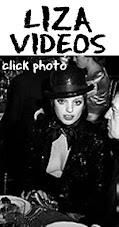


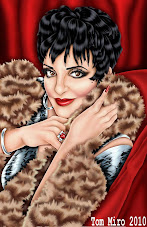

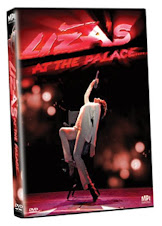











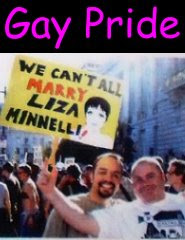








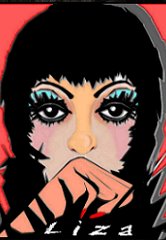

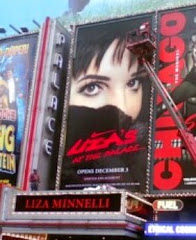



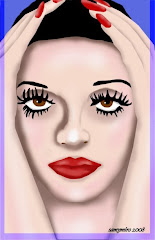
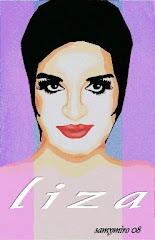


























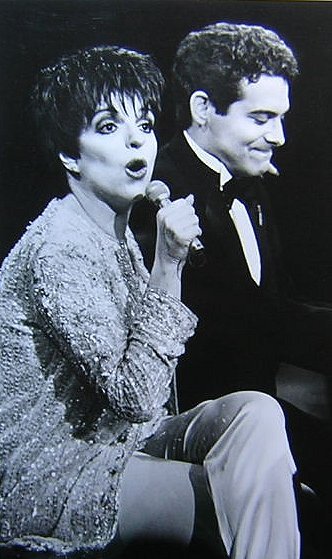


































1 comment:
Sam, I'm always amazed at the photos you find! I keep asking myself: "Where on earth does he find these things!?" However you do it, keep up the great work.
Post a Comment